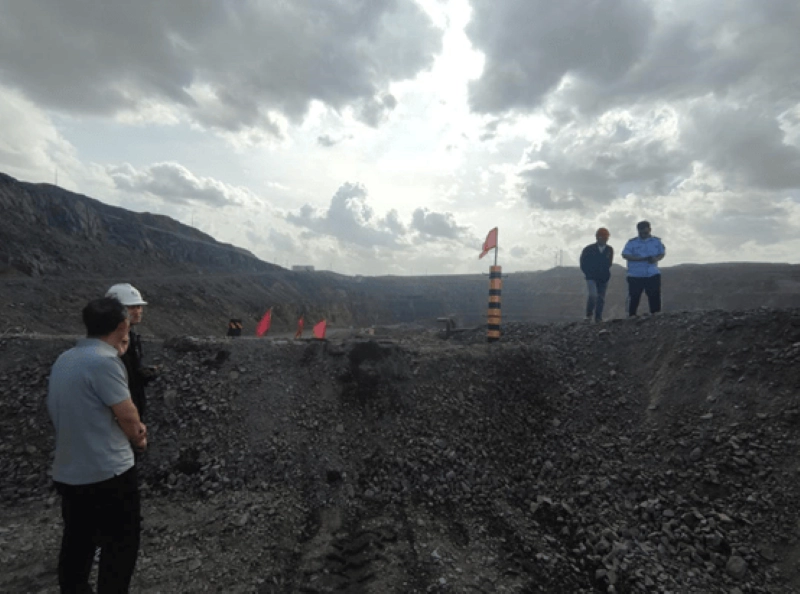
Introduction
Rare earth elements, a group of 17 chemically similar metals, are essential for modern technology, found in everything from smartphones to electric cars to military hardware. China, holding around 71% of the world's known rare earth reserves, has been the dominant player in the industry for over half a century. However, this leadership has come at a significant environmental cost.
The Baotou Mine in China
At the heart of China's rare earth industry is the Baotou Mine in Inner Mongolia, which has been operational for over four decades. The mine and its associated processing facilities have had a profound impact on the local environment. According to the German Applied Ecology Institute, the area now features an 11 square kilometer waste pond—almost three times the size of New York's Central Park. This pool contains highly concentrated toxic sludge, with thorium levels posing serious health concerns.
Environmental Consequences
The extraction and processing of rare earth elements are environmentally intensive processes. The ore is typically crushed and ground, then separated from the waste rock using acids. This leaves behind a toxic waste that, in Baotou, is often dumped into large tailing ponds. These ponds are a major source of water and soil pollution, with the runoff contaminating local rivers and groundwater.
Health Implications
The health implications of living and working around the Baotou Mine are concerning. Studies have linked the mine to increased rates of respiratory and cardiovascular diseases among local residents. The workers in the mining and processing facilities are also at risk, with exposure to toxic substances leading to a range of health issues.
The Global Impact
China's dominance in the rare earth market has had wider global implications. Additionally, the geopolitical implications of China's control over the industry have prompted a search for alternative sources and technologies to reduce reliance on Chinese rare earth materials.
Conclusion
In conclusion, while China's rare earth industry has been a significant driver of the global market, it has also caused considerable environmental damage. The Baotou Mine serves as a stark reminder of the human and environmental costs associated with the production of these essential materials. As the world looks to a future where technology becomes more integrated into daily life, finding sustainable and environmentally friendly alternatives to current rare earth mining practices will be critical.
- Random article
- Popular articles
- Popular comments
- Gold Mine Heap Leaching: Optimal Process
- Lead-zinc Ore Asynchronous Flotation Process
- Floatability flotation process for lead-zinc ore
- Zirconium Ore Separation: Gravity and Magnetic Methods
- Zirconium Ore Processing: Gravity Separation and Flotation
- Chromite Processing: Gravity, Magnetic, and Flotation Separation
- Titanium Ore Processing: Magnetic Separation, Gravity Separation, Flotation

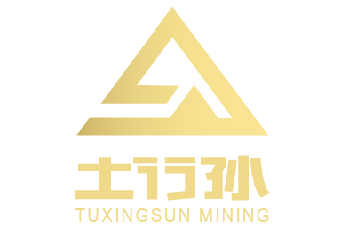
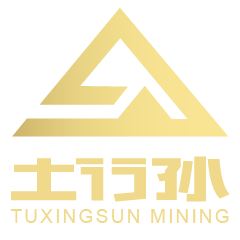
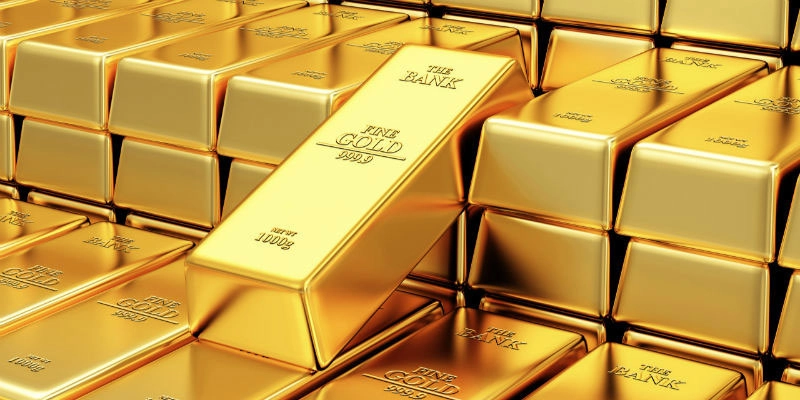
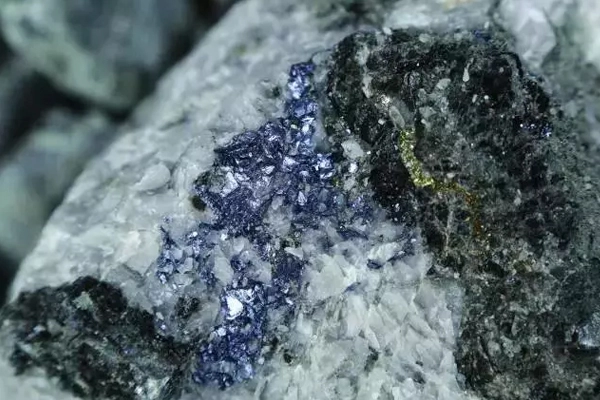

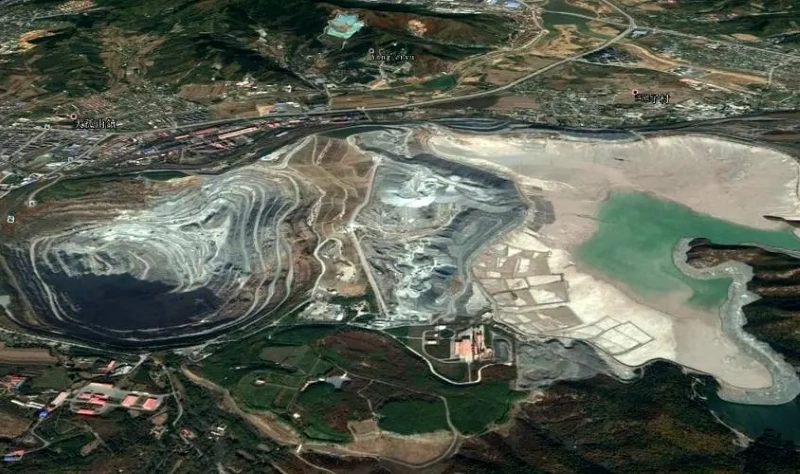
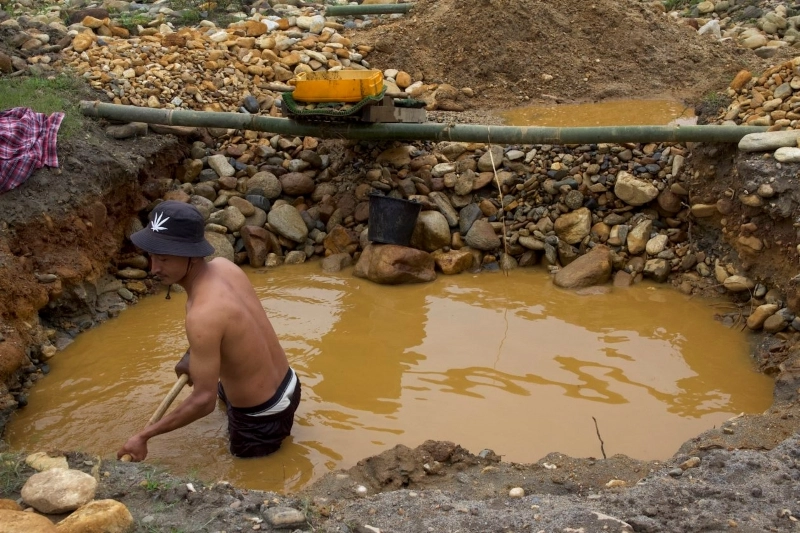
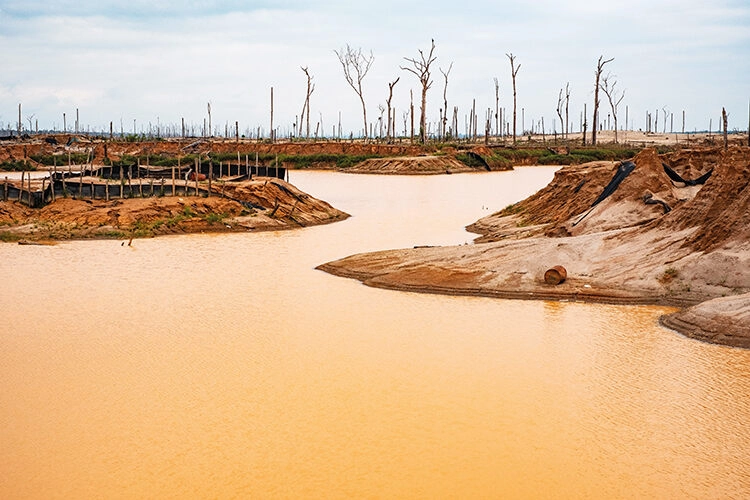
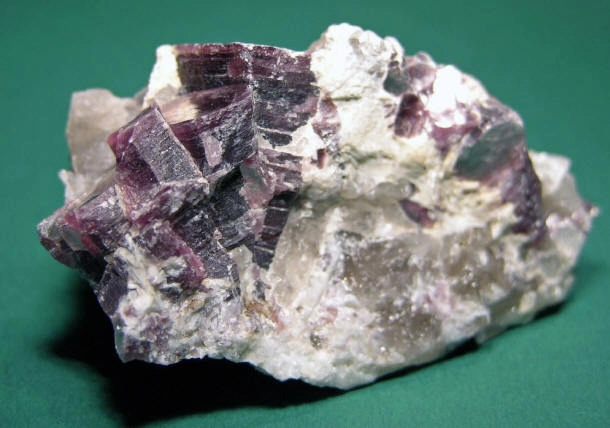
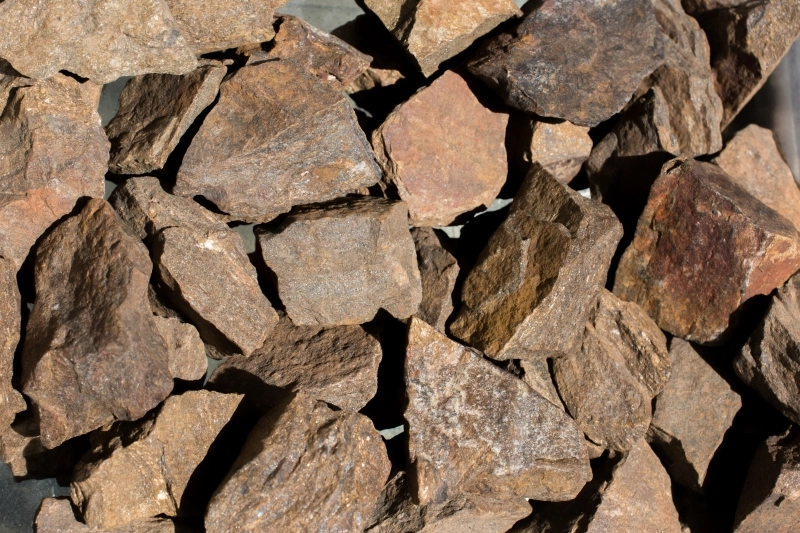
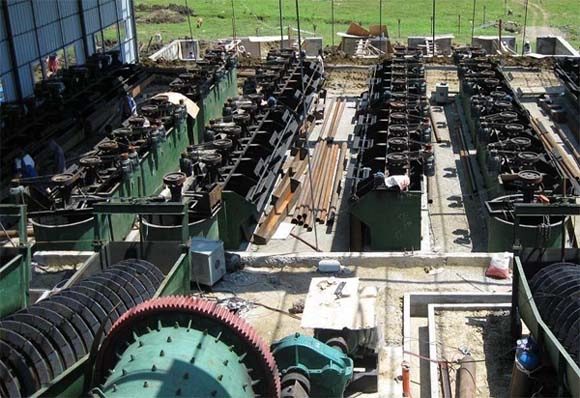
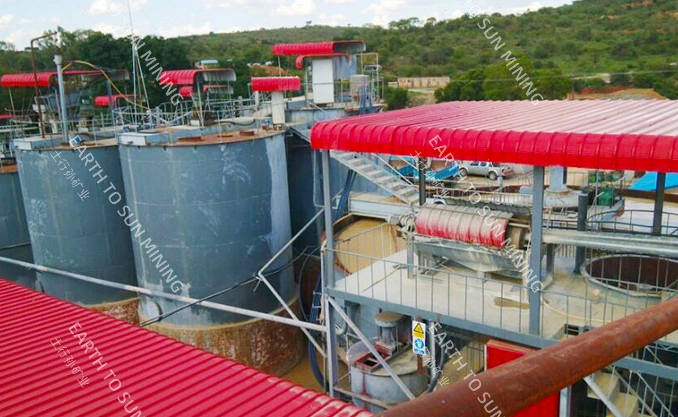
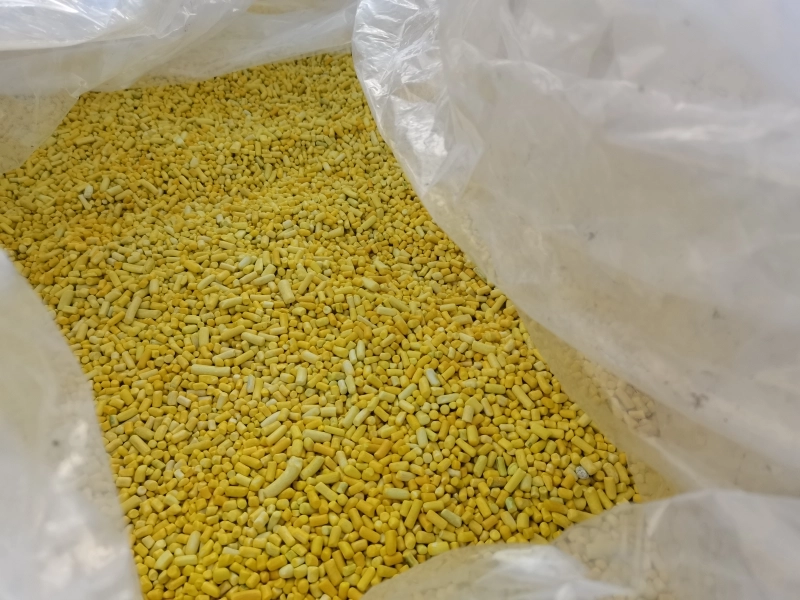
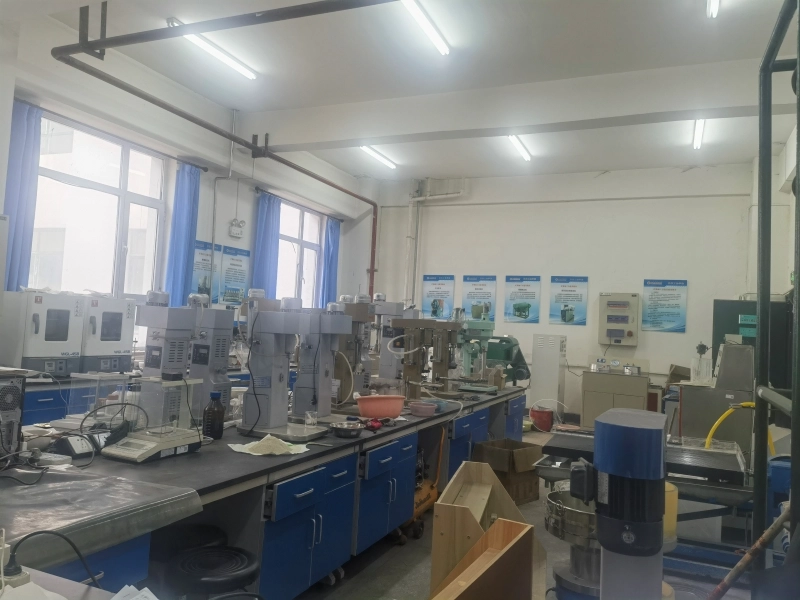

Leave a message with your needs or comments
Add comment: